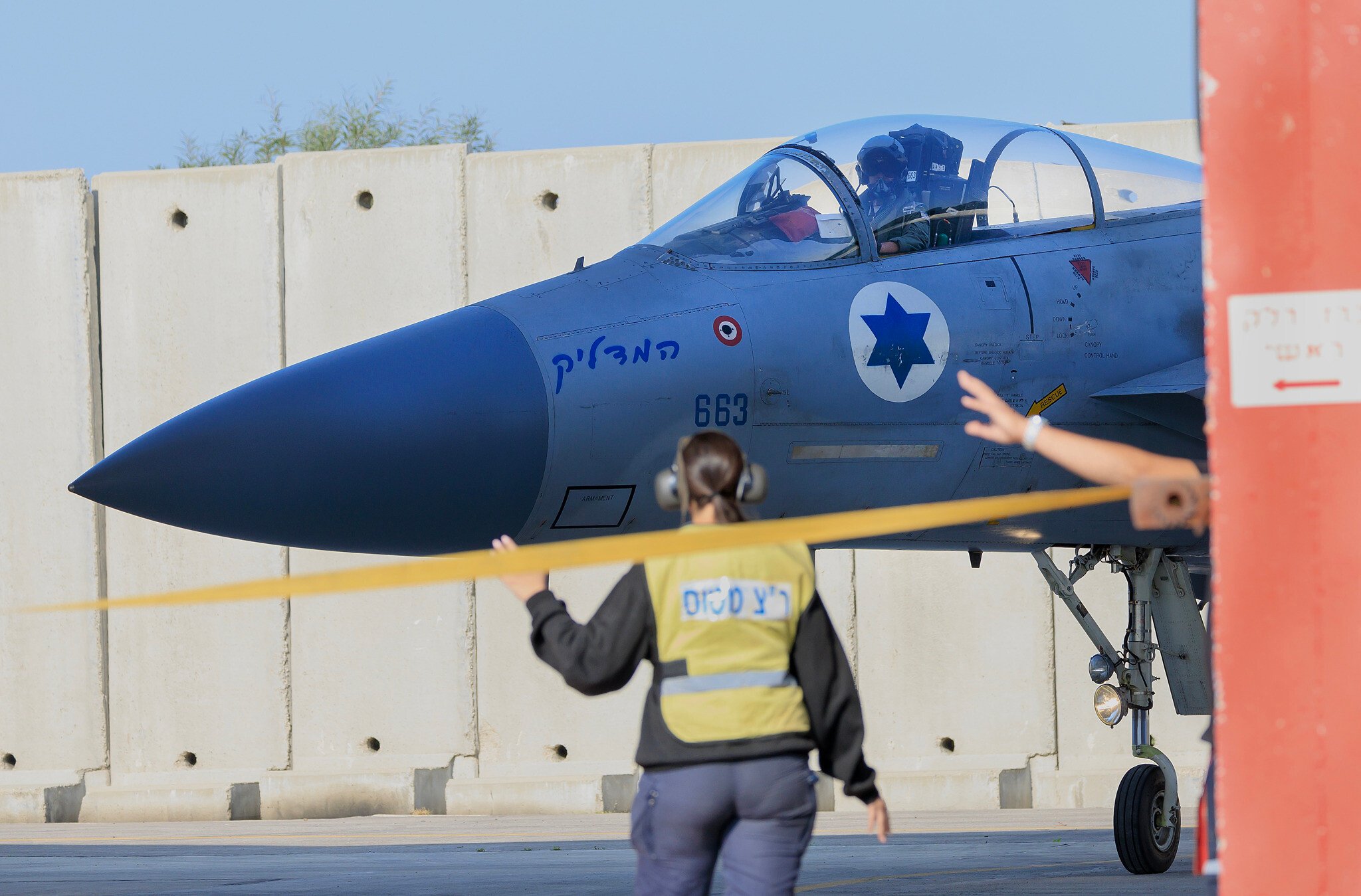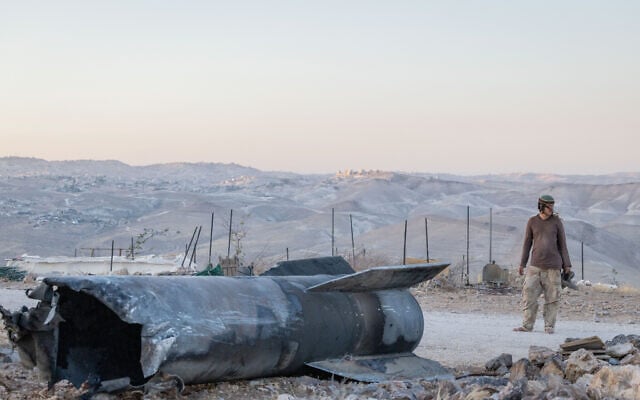



Iranian ballistic missiles struck five IDF bases during the 12-day war with Israel last month, The Telegraph reported on Saturday for the first time, citing satellite data shared by Oregon State University.
Details of strikes on IDF bases and other sensitive locations are prevented from being published in Israel due to military censorship rules, as authorities argue that they could be used by Iran to better calibrate its missiles.
But according to the British news outlet, targeted bases included the Tel Nof airbase, the Glilot intelligence base, and the Zipporit armor and weapons production base.
The report was based on radar data obtained by The Telegraph from Oregon State University, which tracks bomb damage in war zones via satellites.
According to the report, five IDF bases were struck with a total of six rockets during the war between Israel and Iran, launched by Israel on June 13 to dismantle the Islamic Republic’s nuclear and missile programs.
In addition to the six rockets said to have struck military bases, 36 other missiles impacted inside Israel, having evaded interception by Israeli and S air defenses, killing 28 people, damaging 2,305 homes in 240 buildings, along with two universities and a hospital, and leaving over 13,000 Israelis displaced.
In total, Iran launched over 500 ballistic missiles at Israel throughout the 12-day war, The Islamic Republic also launched around 1,100 drones, of which only one impacted inside Israel.
While the overall interception success rate was high, the report found that an increasing number of missiles managed to slip through defense systems each day during the first eight days of the war.
All in all, The Telegraph said its data analysis indicated that by day seven of the war, around 16 percent of missiles were slipping through Israeli and US air defense systems.
The reason for the drop in interceptions was unclear, The Telegraph said, but it noted that Israel may have been choosing to save its interceptor missiles for when they were most needed.
The Wall Street Journal had reported during the war that Israel was running low on its Arrow interceptor missiles, and that it would need to start picking and choosing what to intercept and what to let through. The IDF denied the report, however, saying that it had prepared ahead of time with enough to handle the threat.
Another reason suggested by The Telegraph for the decline in interceptions was the type of missiles Iran was choosing to fire. It posited that these may have been more sophisticated, and therefore harder to shoot down.
There was at least one confirmed instance, on June 19, of Iran using a cluster bomb warhead to attack Israel, which dropped around 20 smaller munitions at a radius of around 8 kilometers (5 miles). One of the small munitions, with an explosive warhead of around 2.5 kilograms, struck a home in the central town of Azor, causing damage equivalent to that of a small rocket.
The IDF, when asked by the Telegraph about the reported impacts inside military facilities, said that it would not comment on the matter.
“What we can say is that all relevant units maintained functional continuity throughout the operation,” it said.
Israel said its sweeping assault on Iran’s top military leaders, nuclear scientists, uranium enrichment sites, and ballistic missile program was necessary to prevent the Islamic Republic from realizing its avowed plan to destroy the Jewish state.
Iran has consistently denied seeking to acquire nuclear weapons. However, it enriched uranium to levels that have no peaceful application, obstructed international inspectors from checking its nuclear facilities, and expanded its ballistic missile capabilities. Israel said it had recently taken steps toward weaponization.


